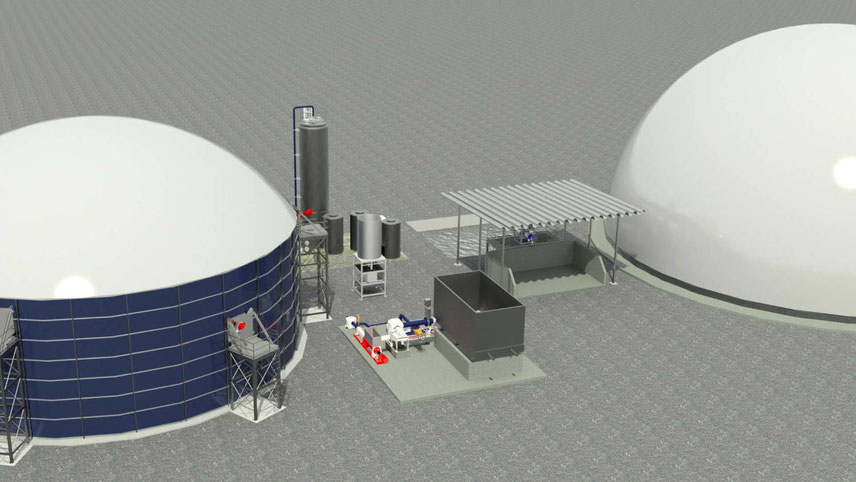Every year, the government announces the extent of the country’s agriculture production – both crop-wise and season-wise. However, as there are millions of farms in India, the government cannot measure the yield on each farm. “So, every harvesting season, the local governments undertake thousands of crop-cutting experiments (CCEs) in each district for each major crop,” affirms Roli Jindal, co-founder, RMSI Cropalytics. “In small patches of randomly selected fields, the crop yield from a fixed area (say, 10mx10m) is carefully measured and recorded. Then, such yields are averaged for each crop and district”. RMSI Cropalytics, an agri-tech start-up providing detailed information and data analytics on Indian agriculture, has launched PInCER – a comprehensive crop information management platform – which provides crop lenders, insurers, traders and agri-input providers with information and analytics required to set up and manage a consistent operation. Funded by RMSI, Jindal has jointly developed the platform. “Accurate, timely and high-resolution crop yield information is vital for crop risk estimation, distress mitigation, stock and manpower allocation, as well as efficient procurement,” adds Jindal. An alumna of IIM Ahmedabad, Jindal has spent 25 years of her career in this field and has led the development of Cropalytics’ PInCER. Earlier, at DuPont, she had mentored innovation projects across the world in diverse industries. RMSI is a global leader in geo-spatial and engineering solutions. The company has an employee base of over 3,400 in five fully-owned international subsidiaries – RMSI North America Inc, RMSI Canada Inc, RMSI Ltd UK, RMSI Australia Pty Ltd and RMSI Middle East Limited. “There are several problems with the approach of averaging,” informs Jindal. “The first is that the limited number of samples often do not capture the huge farm-to-farm variability in yield. Secondly, insurance payouts depend upon area-level yields estimated by the above method; but there are pressures and vested interests on both sides to declare a higher or lower yield, so the veracity of the recorded yield is often in doubt. Additionally, carrying out these hundreds of thousands of CCEs each season is a complex exercise in project management, often with questionable accuracy in results”. Selecting the right technologies Crop yield estimation in India has historically been an exercise in averaging and approximation. The non-availability of good acreage and yield data hampers many sectors in decision-making. “Our satellite technology-based yield estimation can significantly help in quick response to agrarian distress through effective identification of distress at a higher resolution in near real-time,” suggests Jindal.
-

Jindal: accurate crop yield estimation

































